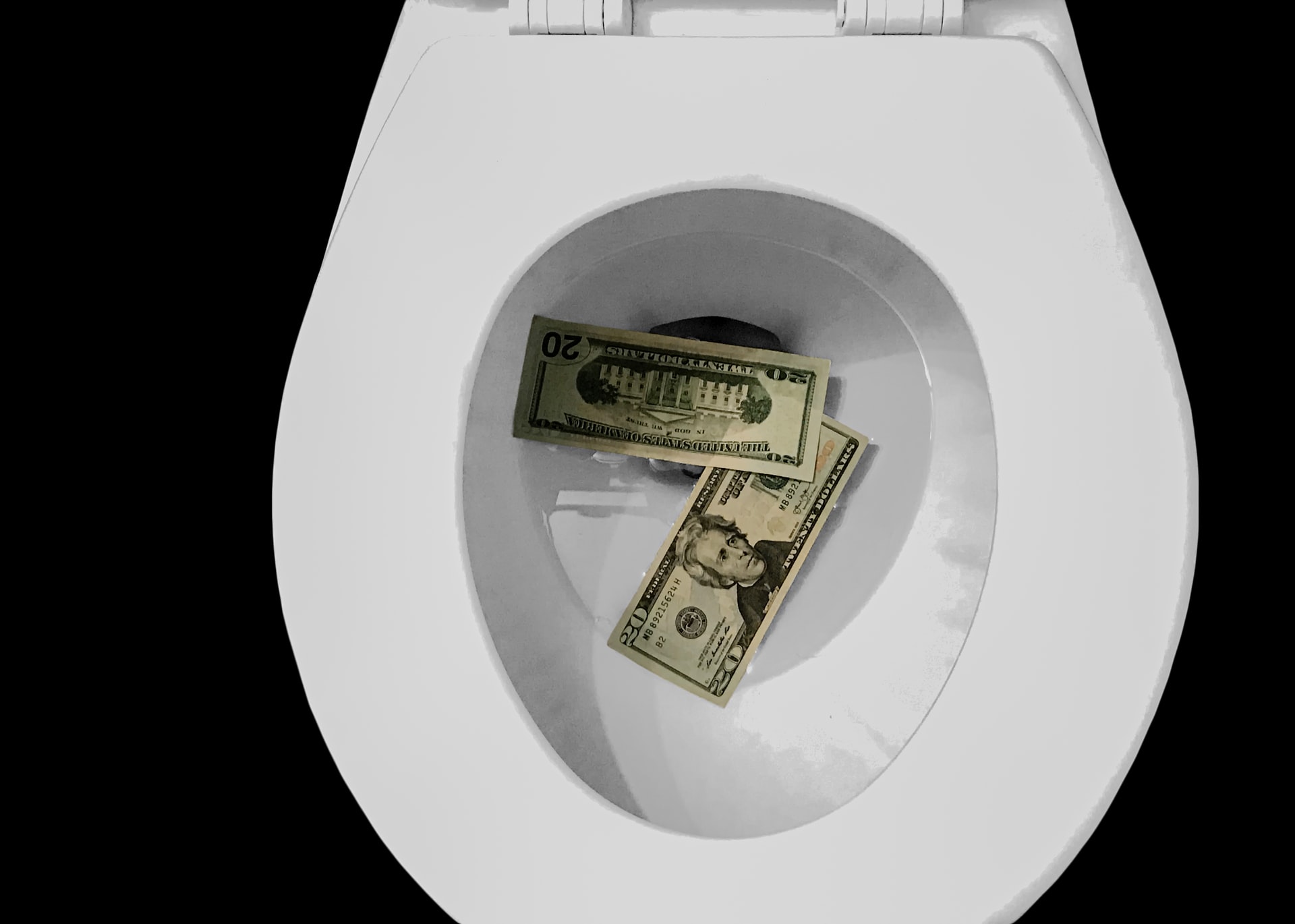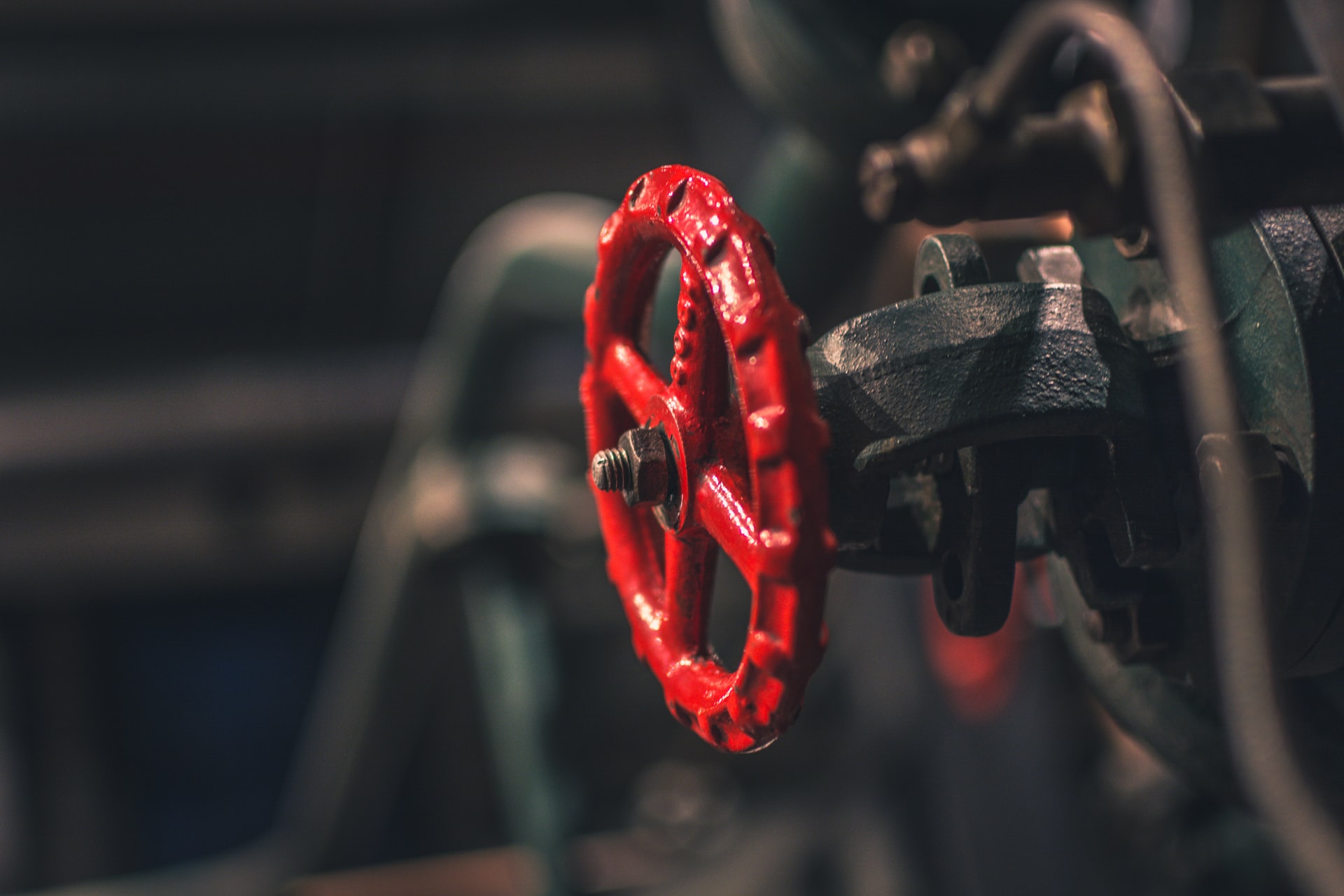Is your toilet backing up? We’re truly sorry to hear it! A toilet backing up is one of the most unpleasant experiences one can deal with. The question you’re asking now is, why? What is the cause? After all, the first step to fixing a problem is knowing what’s causing it. POM Plumbing is here to help. Let’s start at the beginning.
What Is Backing Up?
If you’re not sure what a backed up toilet is, it’s when there is sewage coming up from your toilet or other drains in the house. That can mean you have sewage coming up from the tub drain, or even sinks as well. If you need help with a clogged toilet, that’s a different beast, and usually much easier to fix. Not sure how to tell the difference? A clogged toilet will only have recent waste in it. A backed up toilet can have old waste as well and will usually look muddy, as it contains waste that has already broken down.
Flooding the Pipes
The reason you’re dealing with a back up is actually because of something called backwater. The root cause of this is that there is a clog somewhere further down in the plumbing system. Because that clog is keeping things from moving along, every time someone flushes a toilet or takes a shower, the waste level rises. The additional water and waste ends up flooding the pipes. That’s where backwater comes in. The waste begins to move backwards, filling all of the pipes in the home’s plumbing system until it overflows into a tub, sink, or toilet – or out of them.
That clog causing the backwater can be as near as the intersection between the tub and toilet drain pipes. It could be where your home system dumps into the local system. It can even be as far as where the local system dumps into the city system. As long as there is a clog somewhere in the plumbing system, enough water added to it will begin to cause backwater.
Home or Local
So, the question is, how do you know if the problem is home or local? Without doing an extensive inspection of your home system, there are two easy ways to find out. The easiest is to call your local plumber. If the problem lies beyond your home, they’ve probably already received hundreds of calls from the other locals. If they haven’t, you can also check with your neighbors. If they’re having issues too, call back your local plumber and let them know there is likely a local blockage. This will allow them to get to work right away and minimize damage. Plus, early response can prevent disaster in all of your neighbor’s houses, as they can be notified.
Solving the Problem
The solution to backwater is actually quite simple. You need a backwater valve. Backwater valves are legally mandatory in many parts of Canada and are often necessary for insurance to cover backwater flood damages. However, even though many homes are built with them, there are many that are without. It could be from poor construction or because the house is old and never had one to begin with. If you don’t know that when buying, it’s best to have one installed right away.
A backwater valve prevents sewage from the local system from being able to enter your home system. It makes it a one-way exit for your own sewage and keeps all of your neighbors’ waste from reaching your toilet.
If the problem is just within your house, a backwater valve won’t help. However, POM Plumbing can. Clogs within your own plumbing can be equally disastrous if not handled quickly. So, give us a call and let us come out and rid your pipes of clogs.


